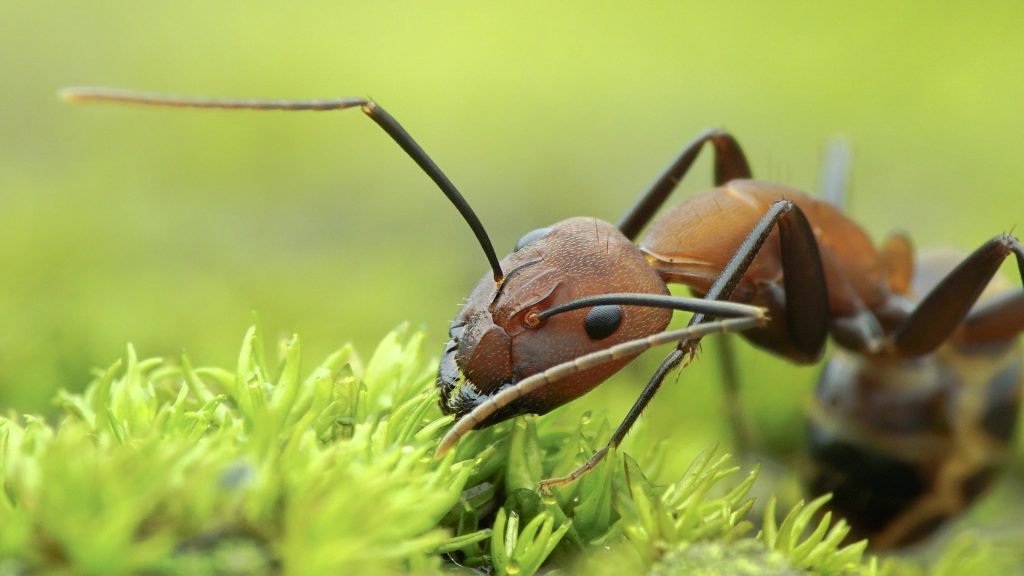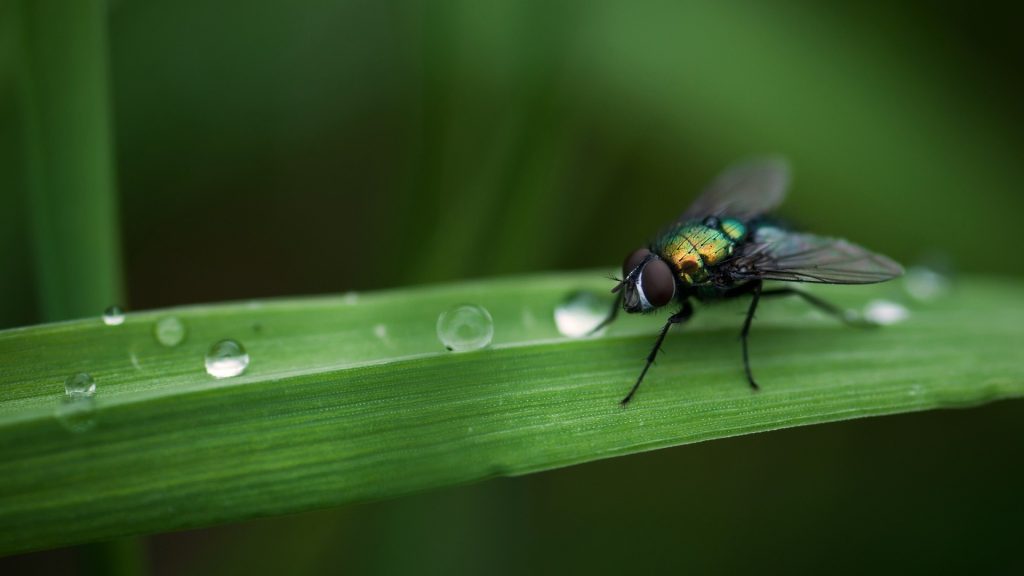
The Easy Way to Get Rid of Lawn Grubs
As hard as you work trying to maintain your lawn, there’ll always be some sort of pest trying to ruin it all. Lawn grubs are one of the most common issues that gardeners deal with in their quest for the perfect lawn, so knowing how to deal with them is your best defense.
How do you get rid of lawn grubs? The two options for killing lawn grubs are using a chemical pesticide or natural remedies like introducing milky spore disease or applying a dish soap formula. Depending on your gardening preferences and how bad the problem is, there’s likely to be a good solution.
As a pest that attacks the root of the grass, lawn grubs have the potential to do a lot of damage. With a few simple tricks up your sleeve, you can learn how to get rid of grubs in lawn areas, ensuring your hard work with lawn maintenance doesn’t go to waste.
What Are Grubs and Why Are They Bad?
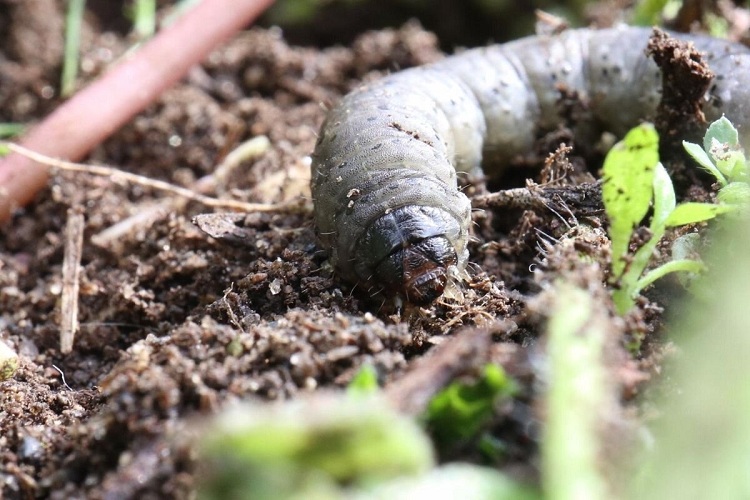
We often hear gardeners speak about grubs on their lawn, but there are many different types of grubs out there that they could be discussing.
Most commonly, grubs come from Japanese beetles as they lay their eggs which then develop into the larvae stage which is what we call grubs.
Lawn grubs look like large, C-shaped, white worms and once they make their way into your lawn it can be hard to get rid of them.
The beetles that create them usually lay them in sunny areas of the lawn and you might not know they’re there until you start seeing the tell-tale signs.
How Bad Are Grubs For Your Lawn?

The most common symptoms of lawn grubs are damaged areas of grass, grass that feels spongy, and an increase in other pests that appear to be digging and looking for them.
You can find out if you have grubs by digging three to four inches down in a few different areas and checking, which should give you your answer.
As these grubs feed on the root system and thatch of grass, they can potentially destroy the entire lawn and make it impossible for your grass to get access to water and nutrients.
During summer, they prefer the warmer conditions, and as they thrive during this period, you can see a lot of damage done in just a short amount of time.
Tips for Getting Rid of Grubs for Good
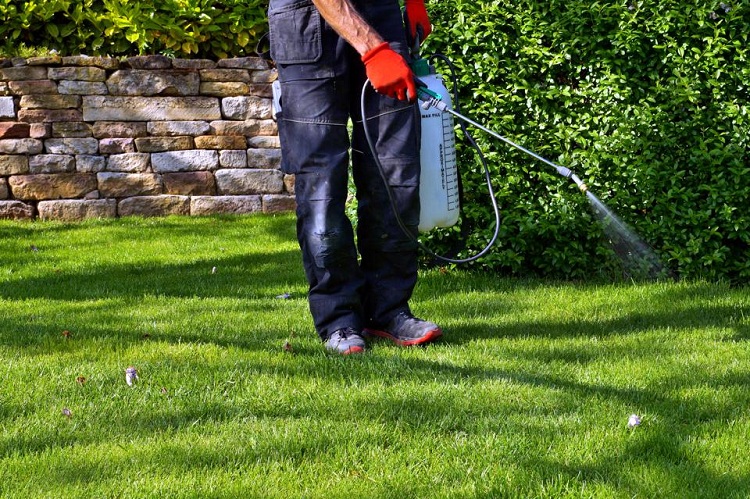
As pesky as lawn grubs are, there are some great methods you can use to get rid of them. If you’ve facing an invasion of grubs in your once-luscious lawn, check out these ideas for ridding them and keeping them from ever returning.
- Apply a pesticide: Those wanting a quick and painful eradication will be happy to utilize pesticides to get rid of lawn grubs. Just be mindful though, these harsh chemicals come with downsides and they can be harmful to pets and children.
- Use natural methods: There are loads of DIY approaches for lawn grubs like dishwashing detergent, vinegar, and baking soda. Experiment with a few of them to see what gets rid of the grubs for good.
- Attract more birds: Sometimes you can utilize birds to do the dirty work for you just by installing a few bird feeders and houses in your yard. They’ll easily spot grubs and other pests that are living on your lawn and turn them into dinner without you ever having to lift a finger.
- Milky spore disease: The introduction of milky spore disease, a naturally occurring and totally harmless disease, can help get rid of grubs. It won’t impact the plants or wildlife in the area and it takes a couple of years to start growing, but it’s worth all of the effort.
Say Goodbye to Grubs
There’s nothing worse than a lawn grub coming in and ruining all of the hard work that you put into growing a luscious lawn, so you want to get rid of them as soon as possible.
Whether you take a slower, natural approach or something harsh and fast, there’s no need to suffer from lawn grubs any longer.
Related Questions
Taking care of your lawn is about more than just watering it and mowing the grass occasionally, as there’s a lot that goes into the process. If you want to learn more about what a lawn needs to be its best, we’ve answered some commonly asked questions that can help you get started.
Are Lawn Pesticides Safe?
Most pesticides are made with toxic chemicals as they’re used to kill insects, weeds, and other pests, however, there are options available that are safer to use.
If you have pets or children or are worried about using certain chemicals on your lawn, there are gentler alternatives made with natural ingredients that can still get the job done.
Can You Overfertilize Your Lawn?
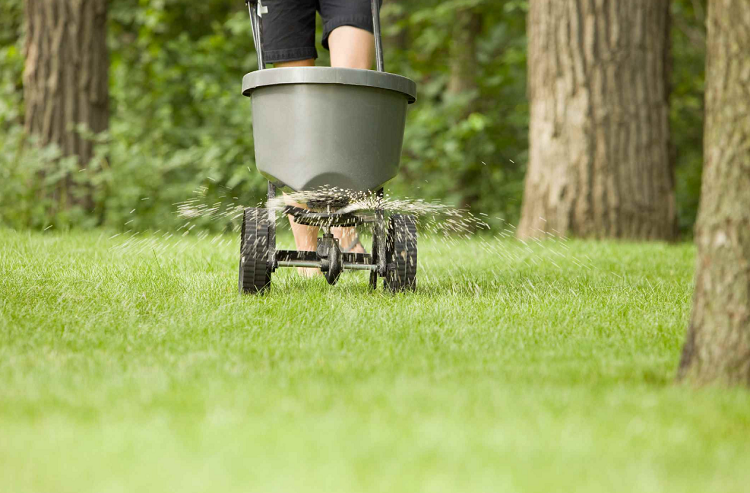
Yes, it is possible to fertilize your lawn too often, which can throw off the nutrient levels of the root system below and kill the grass.
As a rule, you should only fertilize just twice a year, with the best times being early spring and during fall as this is when the grass and its roots will benefit most.
Why Is the Grass on My Lawn Patchy?
If you take good care of your grass with fertilization and maintenance but you’re still noticing patchy or discolored spots, it’s usually caused by a pest. And you might need to reseed.
The most common culprits are lawn grubs, beetles, and worms, all of which chew throw the root system of the grass and cause dead spots to form.
Resources:
